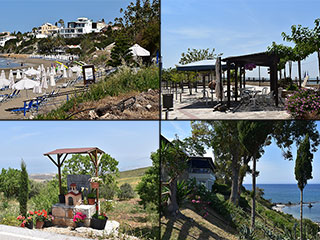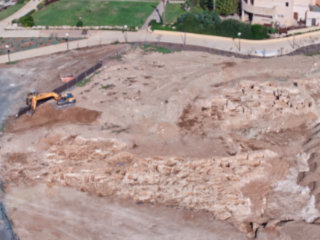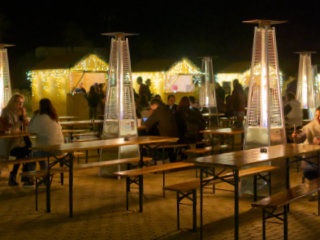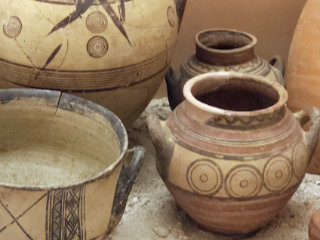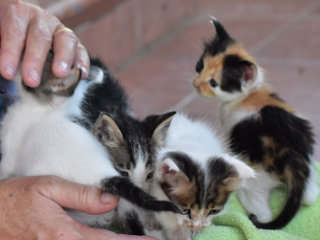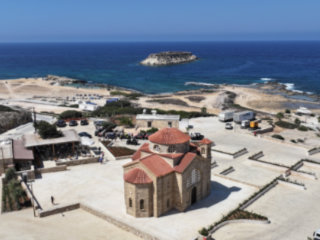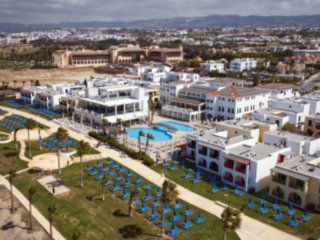Kritou Terra - Part 1
Welcome To Kritou Terra
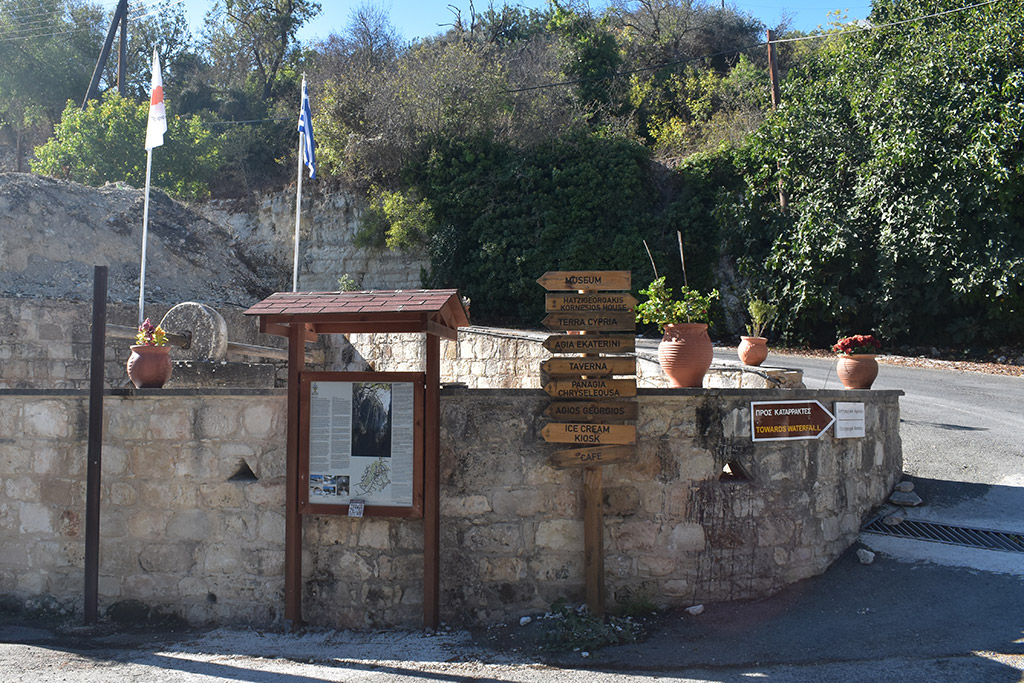
Once you enter the village you will be presented with this notice board and assortment of signs. There are a number of these situated throughout the village and it make navigation easier. It is worthwhile finding a place to park here so you can have a look around.

Old Mill For Olives, Carobs and Flour
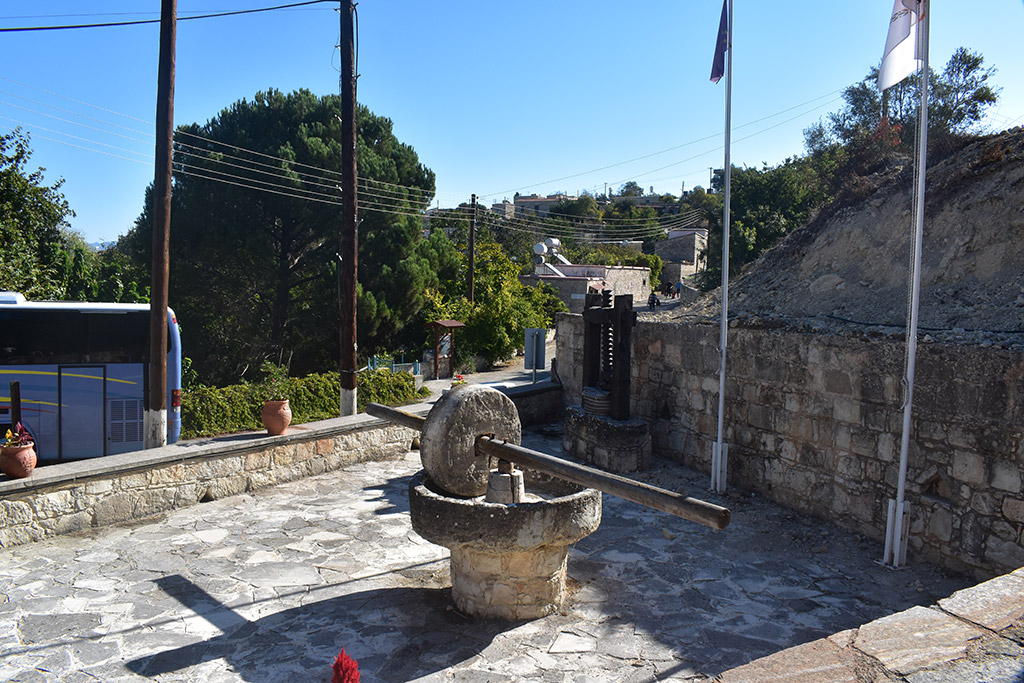
There was a lot of information on the sign, so I shall repeat it over the next few images.
Towards The Centre

We shall go that way once we have finished exploring here.
Kritou Terra
History Meets Natural Beauty
Built at an altitude of 570 metres and 29 kilometres from the city of Pafos, it is different from ay other village you have visited before, it invites you with its beauty and its character and attracts you to return. In contrast to its small size it has a big history, present at every step you tak in its narrow streets and the beautiful, lush green landscape, enclosed between three mountains and with a view from its northern part to the Gulf of Chrsysochous.
Go Down Here
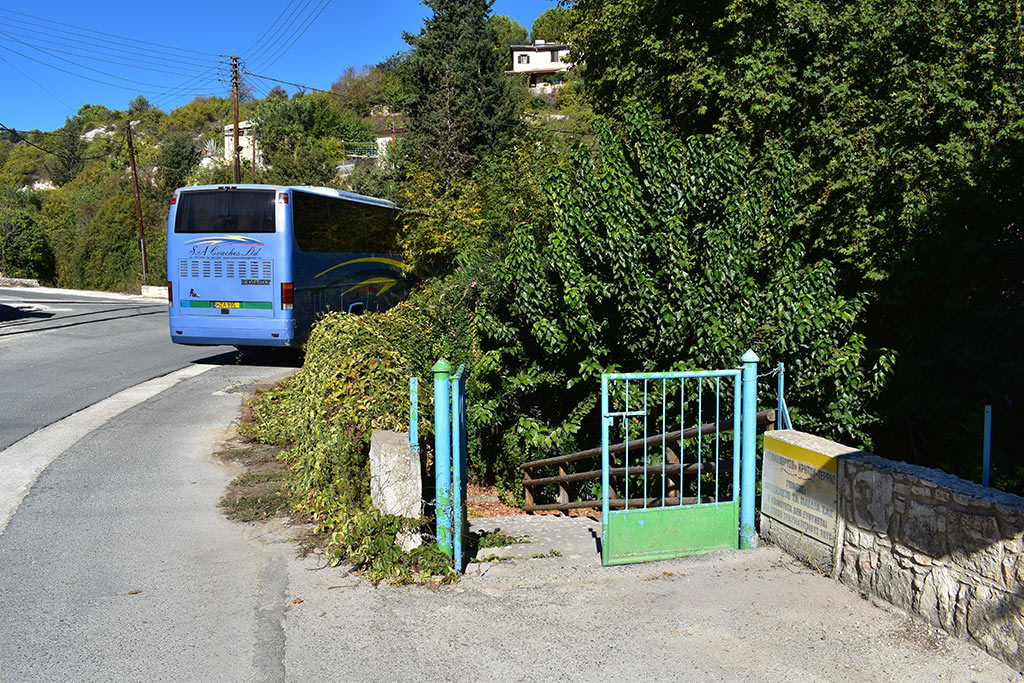
Across the road from the Olive Press there is a staircase going down...
The Kefalovryso at the village entrance, which was built in 1908 and was once the third biggest in water volume in the whole island, gives an immediate idea of Kritou Terra's dynamic personality, which is strengthened as you walk among its sites and monuments. The stone-built Kefalovryso, with its six carved faucets that are still flowing, supplied the area with clean water that irrigated the big orchards, powered four out of fifteen watermills and filled the troughs of the communal laundry, where the women washed their clothes and bathed.
The Kefalovryso
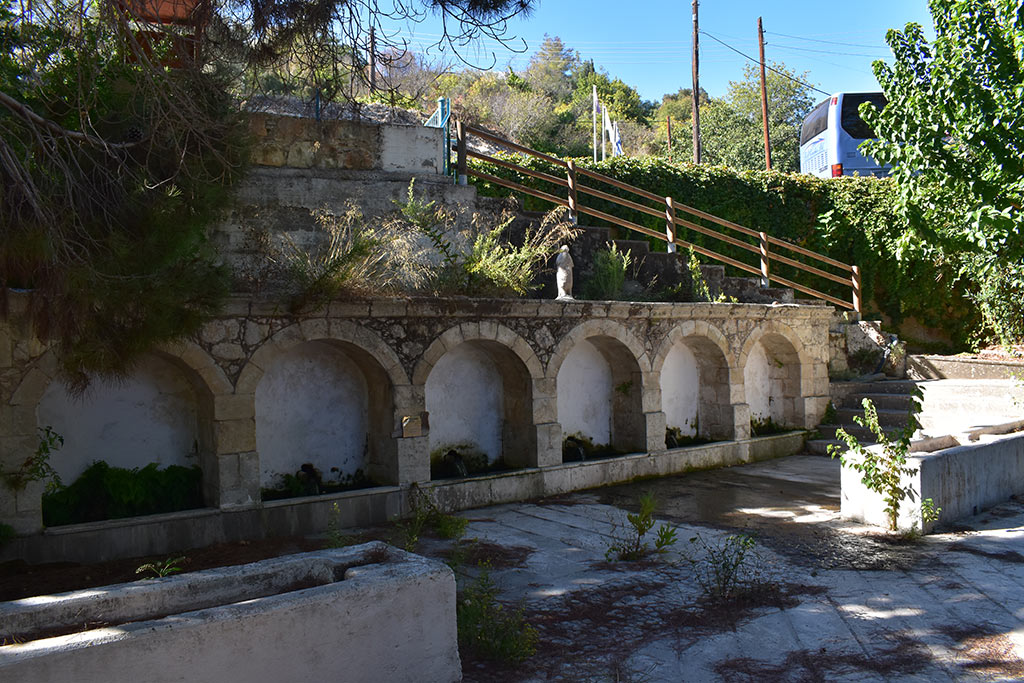
These are the six faucets mentioned in the text. The area here from a distance looked in good repair, but if you go down the stairs you will see that nature is beginning to encroach upon it.
The exhibits in the small museum let you imagine what life was like in the village, the old habits and the deeply rooted customes and practices. The historic carved wooden door - gate of archbshop Damaskinos is also exhibited at the museum. A two-storey building not different from the others housed, from 1878 until 1909, the first casino of Cyprus. A two-leaved door opens to the room where the wealthy of the island and the nobles of the area, such as King Farouk of gypt, gathered and socialised between the frescoed walls while dancers from Smyrna danced on the wooden balcony. Beneath the balcony you can still read the patrons' debts written on the walls in pencil.
Page 2 of 6

Related Blogs:
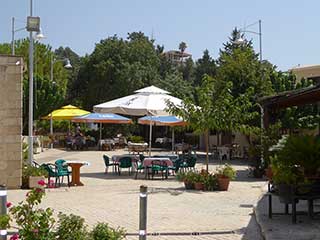
Simou
As promised at the end of our last blog about Skarfos Bridge, we now take a lot at the village of Skarfos, nestled 16km oustide of Polis, and see what it has to offer.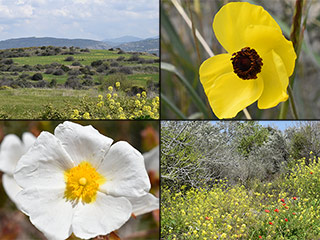
Kritou Tera Spring Flowers
Cyprus is in bloom at the moment. To see it, you only need to get in a car and drive out into the countryside. We did just that, and headed to the countryside around Kritou Tera...Good Pages To Visit
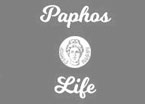
FB PagePaphos Life on Facebook
Like us on Facebook and stay notified of new blog posts.

FB PageOur Facebook Chat Group
Paphos Chat has been created for people who like our site and want to chat using Facebook. You can also easily upload photos of any size here. A lot of people are members of the Facebook chat group and the main forum. It's entirely up to you.
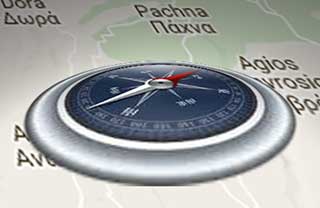
ListBlog Locations
Planning a day out? Then use our map of blog locations as a handy guide. Some of the places we visit our closer to each other than you might think, so take a look and start planning your next adventure...
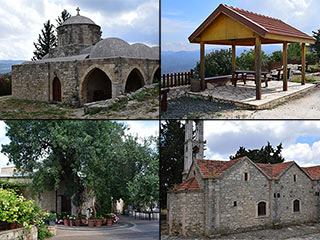
eBookCyprus Road Trip 01: the Kathikas - Panagia Loop
Let me take you on a journey around the region of Paphos, Cyprus. Starting at Paphos itself, we travel to Akoursos, then Kathikas, Kritou Terra and Simou. We continue past Lasa and Kannaviou, before taking in the delights of Panagia. Getting a bit more adventurous, we visit the abandoned villages of Statos and Agios Fotios, before passing through Choulou, Letymbou and Polemi, and rejoining the main Paphos - Polis road.
The route is suitable for all types of vehicle, and requires no off-roading. The guide contains about 130 photographs including shots of all the road signs you need to pay attention to, as well as some of the highlights you may experience along the way.
There are also several maps which will help you keep your bearings.
You can do this journey in a day, or you can break it up into chunks. You can also do it in reverse, to get some completely different views. It is entirely up to you.
